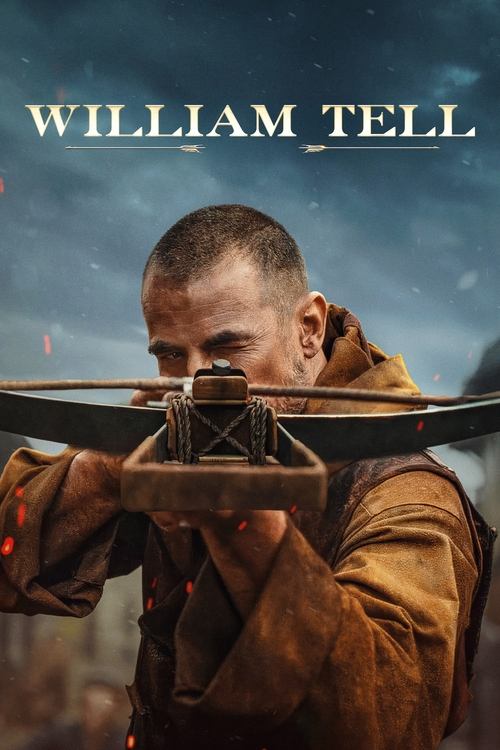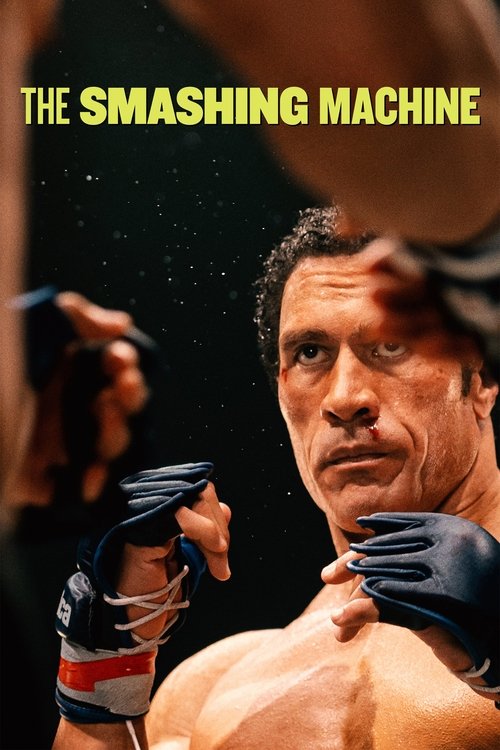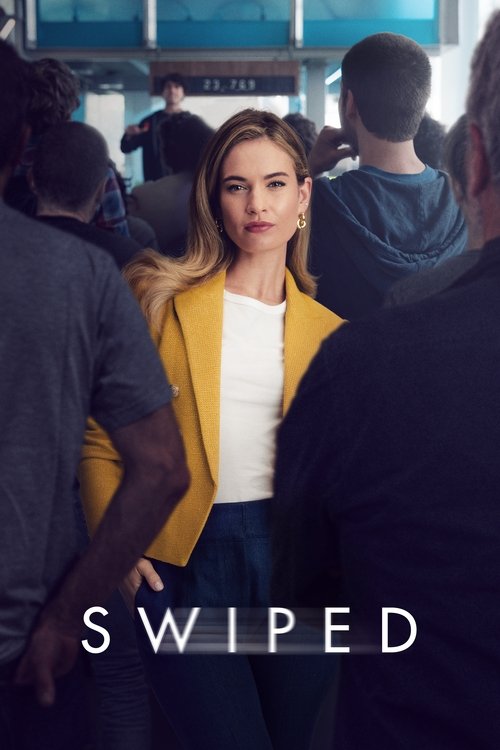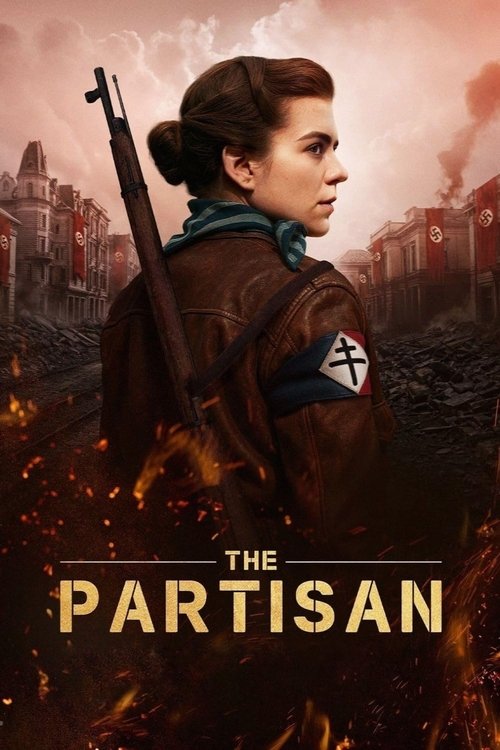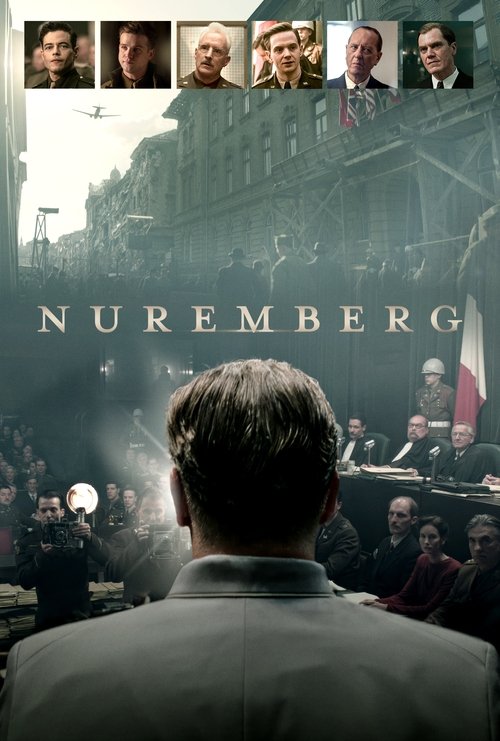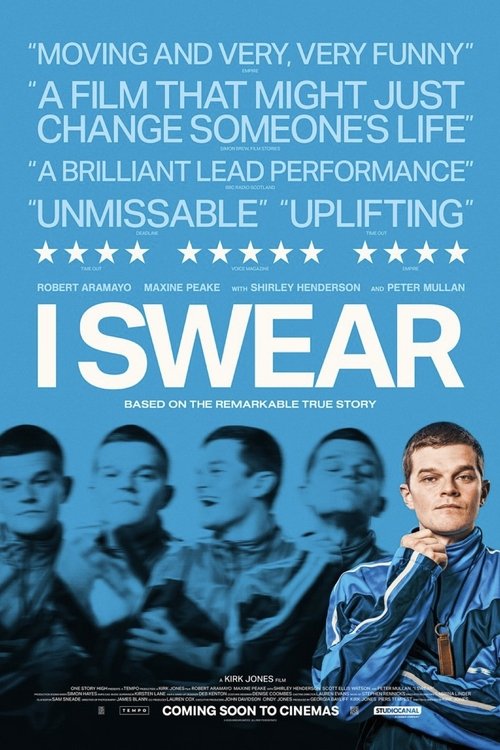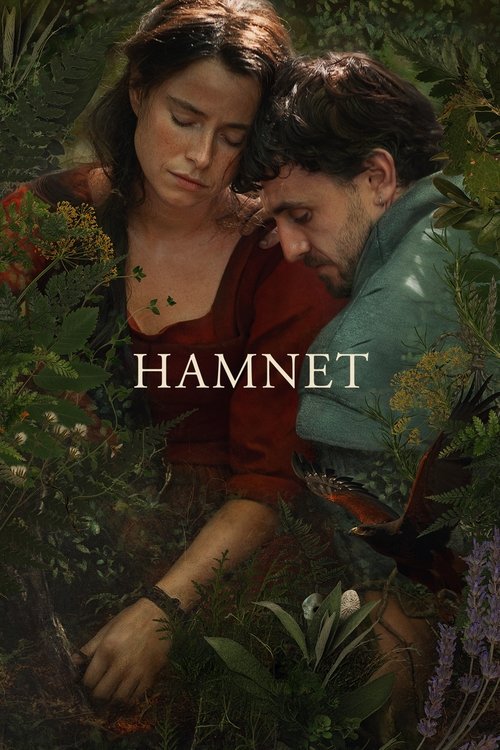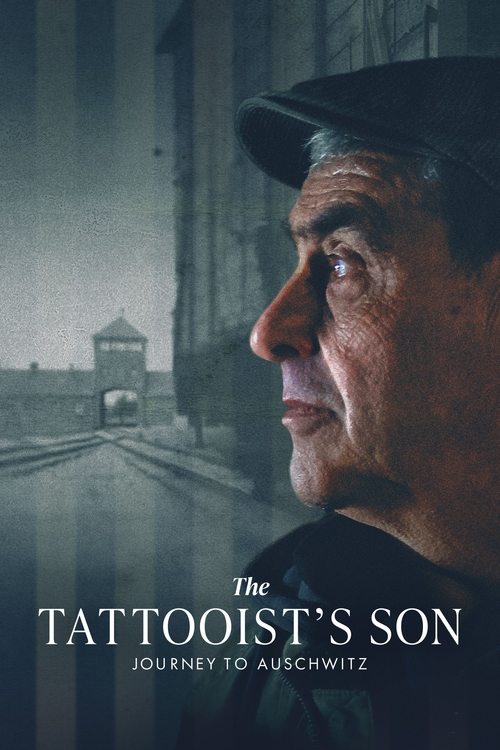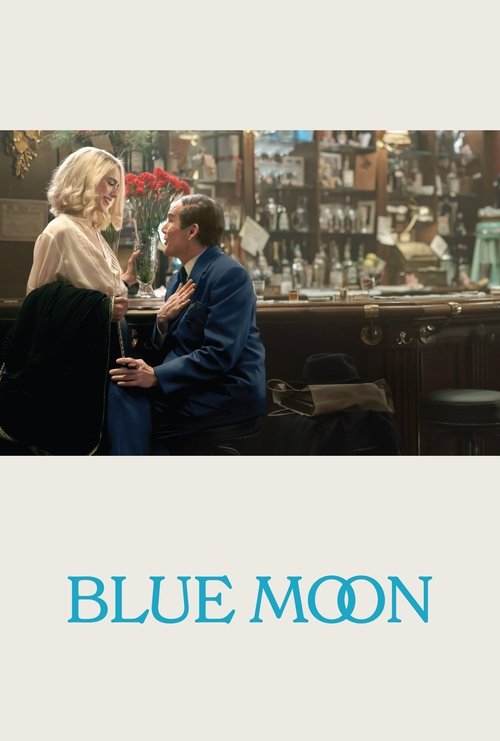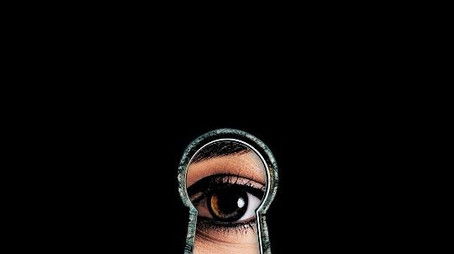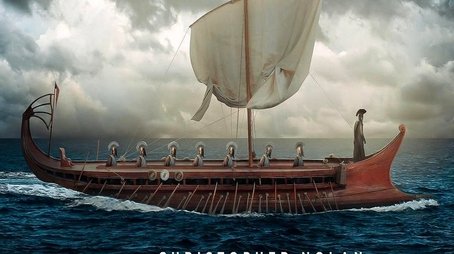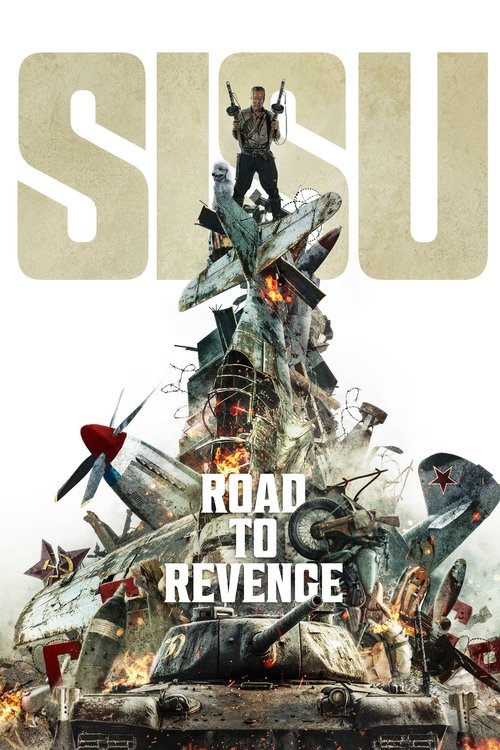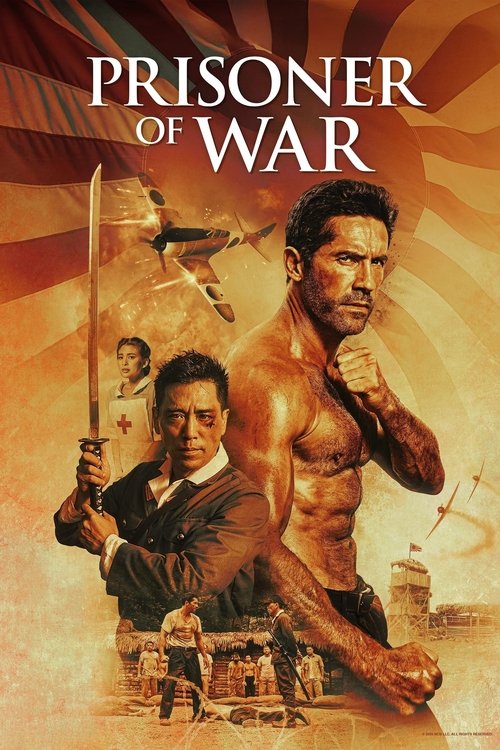
Ask Your Own Question
What is the plot?
A run of graduate students share a ramshackle house in Iowa: Marc, an aspiring painter; Pete, a law student from a well-to-do family; Paulie, who studies social work; Jude, a psychology graduate; and Luke, finishing a doctorate in political science. One afternoon the group encounters Zack, a truck driver and Desert Storm veteran, when he helps push-start Pete's stalled car. They invite Zack to join them for dinner as a courtesy, and he accepts.
During the meal the conversation turns political and hostile. Zack reveals virulent racist and xenophobic views, denies the Holocaust, and praises Adolf Hitler. The five roommates respond with heated argument; Jude, Luke, Pete, Marc and Paulie try to counter Zack's assertions and humiliation escalates as the veteran taunts and threatens them. The atmosphere shifts into menace when Zack pulls a knife and presses the blade against Marc's throat, saying he will kill Marc and rape Paulie. Zack lets Marc go, and in the subsequent scuffle Pete attempts to subdue Zack by holding a knife to him. Zack overpowers Pete, striking him forcefully and breaking Pete's arm while incapacitating him. After Zack releases Pete, Marc seizes a moment and stabs Zack in the back with a kitchen knife; the wound is fatal and Zack collapses. The group responds to the killing with shock and fear; Paulie expresses complex remorse over Zack's death despite his earlier threats.
Faced with the corpse and the knowledge that they all participated in the confrontation, the five decide to conceal the incident. They move Zack's body and bury him in the vegetable garden behind their house. In the aftermath of the burial a conversation among them shifts from panic to rationalization. The students conclude that they can use the episode as a precedent: if one of them can be pushed into killing a violent extremist who threatens others, then they can systematically target people whose beliefs they deem dangerous. They draw up a protocol for murdering visitors who hold conservative views. Under the plan each invited guest receives an opportunity to change their position during dinner; if the visitor refuses to renounce their stated beliefs by dessert, the host offers a glass of white wine poured from a distinctive blue decanter. The wine is laced with poison, and after the guest raises a toast the victim drinks and dies. The students agree to bury the bodies in their vegetable garden alongside Zack.
Over a period of time the group invites a sequence of men to their table and executes their scheme. The first of the systematically targeted guests is a homophobic Protestant minister. The roommates carry the minister into the backyard after he succumbs to the poisoned wine and cover his corpse in soil next to Zack. Another dinner brings in a man who openly defends rape and belittles women; he drinks from the blue decanter and dies at the table, and they bury him. A self-declared Neo-Nazi accepts the wine and collapses; the students take his body to the garden and inter him. An outspoken opponent of environmental regulation comes to dinner, refuses to change his views, drinks from the blue bottle and dies; they put him beneath the soil. A guest arrives who professes anti-Semitic sentiments while affiliating with a Nation of Islam–style fundamentalism; he too is offered the poisoned wine, dies, and is buried by the five. An anti-abortion activist comes to the house, declines to recant, consumes the wine and dies; the body joins the others in the vegetable patch. A man advocating strict censorship visits, drinks from the blue decanter, and is buried after death. The students also invite a man known to beat homeless people; during the meal he momentarily considers abandoning his abusive behavior, but he does not recant and drinks from the wine, dying and being buried. Additionally, the group lures critics of gay rights to dinners, serves them poison in the blue decanter at dessert, and buries each of their bodies in the garden. Each homicide follows the same sequence: heated debate, refusal to renounce, the blue decanter brought out at dessert, a toast, the guest drinks and dies, and the students dig shallow graves and conceal the corpses among the vegetable rows.
As the number of victims reaches ten, doubts begin to surface within the household. Disagreement grows over both the morality and the prudence of their ongoing program. Fissures open among the students as guilt and fear tug at different members. During one dinner a teenage boy who opposes mandatory sex education arrives; Luke and Pete press to follow the established procedure and kill him after he refuses to change his stance, but a number of the roommates voice hesitation. Arguments escalate in the kitchen and dining room; while Luke and Pete insist on continuing the pattern, Jude, Paulie and Marc express misgivings. The teenage visitor survives because the group, by joint decision, spares him. The sparing transpires over vocal protest from Luke and Pete, who accuse their housemates of cowardice; still, the three who oppose murder force the others to stand down and allow the teenager to leave alive.
Concurrently, Sheriff Alice Stanley pursues an investigation into the disappearance of Jenny Tyler, a missing girl. Her inquiries lead her to focus on Zack, the Desert Storm veteran who helped with Pete's car and who is now the first man buried in the garden; the sheriff discovers that Zack has a prior conviction as a sex offender. Alice traces leads to the students' residence and appears at their property to question Marc, Pete and Paulie. She asks direct questions in the living room and inspects the grounds. During her investigation Alice steps into the backyard to look around the vegetable patch. Luke, who has become increasingly unstable and paranoid throughout the campaign of killings, encounters her while she is in the garden and, without informing the others, attacks and kills her. Luke murders the sheriff while she is trespassing in the backyard; he strikes her down and conceals the act from the rest of the group. Marc, Pete and Paulie are unaware of Alice's fate and later express only confusion about her disappearance; Luke keeps silent about the killing.
During a school break Pete and Luke meet Norman Arbuthnot, a well-known conservative commentator who frequently appears on television panels and talk shows. They invite Norman to dinner at the house, planning to test him against their method. Norman accepts. At the meal he displays a calm, deliberate rhetoric and proves adept at countering the students' criticisms. He articulates moderate positions and, in the course of conversation, acknowledges to them that much of his inflammatory commentary on air is exaggerated for attention and effect; he admits he sometimes speaks more radically in public than he truly believes. His composure and the persuasiveness of his arguments confound the students, who find themselves without the rhetorical footholds they had used against previous guests.
Frustration mounts and the group excuses themselves from the table, moving to the kitchen to decide Norman's fate. Before leaving the dining room Jude tells Norman that the wine in the blue bottle has gone bad, issuing this warning as the others file into the kitchen to deliberate. In the kitchen a brief but heated discussion takes place. Jude, Paulie and Marc argue that killing Norman would violate their nascent doubts and the uncertain conscience of the household. Pete stands torn but leans toward the pattern they have established. Luke alone insists on following through, calls Norman "Hitler," and threatens to force the protocol. After a tense confrontation, Jude and the others press Luke to relent; Luke breaks down in tears, shaken by the internal conflict, and stops pushing for murder.
While the roommates deliberate in the kitchen, Norman wanders the house and inspects the surroundings. He moves through the rooms with a practiced curiosity, peering at details and pausing at the cellar door and the garden fence. He notices inconsistencies--freshly turned earth in the vegetable patch, the smell of soil disturbed recently, traces that indicate graves. Norman pieces together the possibility of murderous activity in the household. He returns to the dining room where the students sit, and he sits down at the table and pours each of them a glass of wine from a clear decanter he has produced. He leaves his own glass untouched. Norman proposes a toast and raises his glass while keeping his cigar between his fingers; he declines to drink, saying he must catch a private plane and implying he has no time. He does not drink and informs them that he has not been the one to pour any of the wine from the blue decanter. He takes a long puff from the cigar, the smoke curling upward, and continues to converse with an untroubled air while the five, shaken and uncertain, cling to their prior argument and to their protocols.
The film closes with a tableau painted by Marc: a finished work that depicts all five students collapsed on the dining room floor as if dead, with Norman standing nearby next to the blue decanter, smoking his cigar. The painting is framed and presented as the final image of the household. Superimposed over this scene--first as diegetic audio and then as an external voice--is Norman addressing a crowd about his political future. He speaks about the possibility of a presidential run, muses on doing the people's will, and is met with cheers from supporters. The sound of applause and his speculation about seeking high office fade as the frame lingers on the painting of five bodies and the blue bottle beside a composed, cigar-smoking Norman, and the story ends with that unresolved juxtaposition of the image and the public voice.
What is the ending?
The movie The Chosen: Last Supper (2025) ends with Jesus gathering his disciples for the Last Supper, sharing words of love and farewell, while the looming shadow of betrayal and impending death hangs over them. The film concludes with the disciples grappling with the gravity of the moment and the promise of redemption despite the pain ahead.
Expanded narrative of the ending scene by scene:
The film's final sequence begins with Jesus and His disciples assembling in a quiet, intimate setting for the Last Supper. Jesus speaks tenderly to each disciple, expressing love and offering encouragement. The atmosphere is heavy with the knowledge that these moments are their last together before His arrest and crucifixion. Jesus shares the symbolic act of breaking bread and offering wine, telling them that the wine represents His blood, which will be shed for the forgiveness of sins. He tells them He will not drink from the fruit of the vine again until the kingdom of God comes, signaling the coming sacrifice and future hope.
As the meal progresses, the disciples listen intently, some visibly troubled. The tension rises as Jesus hints at the betrayal to come, casting a shadow over the gathering. Judas Iscariot's presence is marked by subtle but significant gestures--he picks up a piece of silver coin, foreshadowing his impending betrayal. The film shows Judas's internal conflict and eventual decision to betray Jesus, culminating in his tragic suicide later in the story, where he is found hanging, and Peter is tempted by Satan to follow suit.
Meanwhile, outside the Last Supper scene, the film intercuts with the growing conspiracy among the religious authorities. High Priest Caiaphas and Herod Antipas plot to eliminate Jesus, discussing ways to stop His movement. Caiaphas reveals a vision that one man must die for the nation to live, setting the stage for Jesus's sacrifice.
The film also depicts Jesus's cleansing of the Temple, where He uses a whip to drive out money changers and animals, overturning tables and disrupting the corrupt commerce taking place in the sacred space. This act of righteous anger further escalates tensions with the religious leaders and foreshadows the coming conflict.
The fate of the main characters at the story's end is as follows:
- Jesus Christ: He prepares for His imminent arrest, crucifixion, and resurrection, symbolized by the Last Supper and His foretelling of sacrifice.
- Peter: Struggles with fear and doubt, tempted by despair after Judas's death but ultimately remains a devoted follower.
- Judas Iscariot: Betrays Jesus for silver, later overwhelmed by guilt, leading to his suicide.
- John the Apostle: Stands faithfully beside Peter, supportive and hopeful.
- Caiaphas: The High Priest who orchestrates the plot against Jesus, convinced that Jesus's death is necessary for the nation's survival.
- Other disciples: Each processes the unfolding events with a mix of fear, confusion, and faith, preparing for the trials ahead.
The film closes on the somber yet hopeful note of Jesus's promise of redemption, emphasizing the themes of love, sacrifice, and faith amidst betrayal and suffering.
Is there a post-credit scene?
The movie titled The Chosen: Last Supper produced in 2025 does not have a post-credit scene. After the credits start rolling, there is no additional footage or stinger; the credits simply run for about 7 minutes with no extras during or after them.
This aligns with information about The Last Supper (2025), which is a biblical drama focusing on Jesus' final week, including the Last Supper and events leading to his resurrection. Reviews and behind-the-scenes content confirm the film ends without any post-credit material.
What specific moment reveals Judas's true character in The Chosen: Last Supper?
In The Chosen: Last Supper – Part Two, Judas shows his true colors for the first time during a tense moment after Jesus's cleansing of the Temple, where the disciples try to understand Jesus's aggression and Judas becomes more vocal about his doubts and demands that Jesus reclaim His birthright.
How is Jesus's confrontation with the clergymen depicted in the movie?
Jesus publicly clashes with the clergymen in the marketplace, calling them hypocrites and refusing to admit He is above the law. This confrontation ends with the clergymen leaving in anger and plotting to arrest Jesus at night, marking His last public clash with religious leaders before His arrest.
What role does Tamar play in the story, and what is her significant interaction?
Tamar, an African woman and devoted follower of Jesus, encounters a fellow African man selling doves in the Temple courtyard. He flirts with her and ultimately gives her sacrificial doves for free, highlighting her character and cultural background within the narrative.
What flashbacks are used in Part Three to develop the disciples' characters?
Part Three uses flashbacks to show critical moments that set the disciples on their path to following Jesus, including Simon the Zealot's sacrificial courage as he fights Roman soldiers alone to allow others to escape. These flashbacks reveal their old ambitions and the sacrifices they made to follow Jesus.
How does the movie portray Jesus's emotional and spiritual state leading up to His betrayal?
The movie shows Jesus grappling with the knowledge of His fate, including a spiritual conversation with Matthew about His upcoming last sermon. Jesus is depicted with kindness and grace toward His disciples while carrying the weight of the world's sin, preparing for His betrayal and crucifixion in a profoundly moving way.
Is this family friendly?
The 2025 movie "The Chosen: Last Supper" is generally considered family friendly, suitable for most viewers including children, with a strong Christian, biblical worldview and no objectionable content reported. However, it does contain some mild violence related to the biblical events it portrays, such as confrontations and the emotional tension surrounding Jesus and his disciples, which might be upsetting for very young or sensitive children.
Potentially upsetting or sensitive aspects include:
- Mild violence consistent with the biblical narrative, such as confrontations and the atmosphere leading to Jesus' crucifixion.
- Emotional intensity and spiritual themes that involve serious discussions about sacrifice, betrayal, and impending death.
- Dark and somber tones in cinematography and lighting that may create a heavy mood.
No explicit or graphic content is noted, and the film focuses on character relationships and spiritual conversations, making it appropriate for family viewing with parental guidance for younger children regarding the serious themes.
Does the dog die?
In the 2025 movie The Chosen: Last Supper, there is no mention or depiction of a dog dying. The available detailed plot summaries and reviews focus on Jesus' final days, the cleansing of the Temple, the disciples' struggles, and the religious authorities' plotting against Jesus, but none reference a dog or its death.
The film centers on the events of Holy Week, including Jesus turning over the tables in the Temple, Judas' betrayal, and the emotional and spiritual tensions among the disciples and religious leaders. Animal scenes mentioned involve sheep and doves being released during the Temple cleansing, but no dog or dog-related storyline is noted.
Therefore, based on all current information from credible reviews and synopses, no dog dies in The Chosen: Last Supper (2025).











